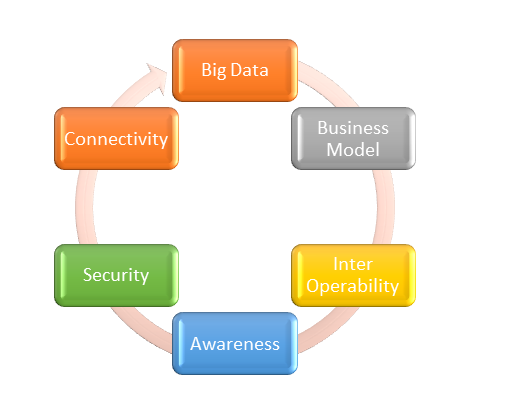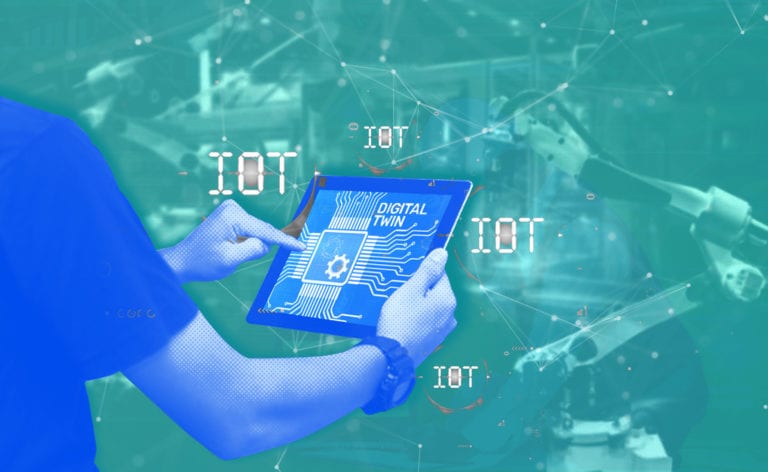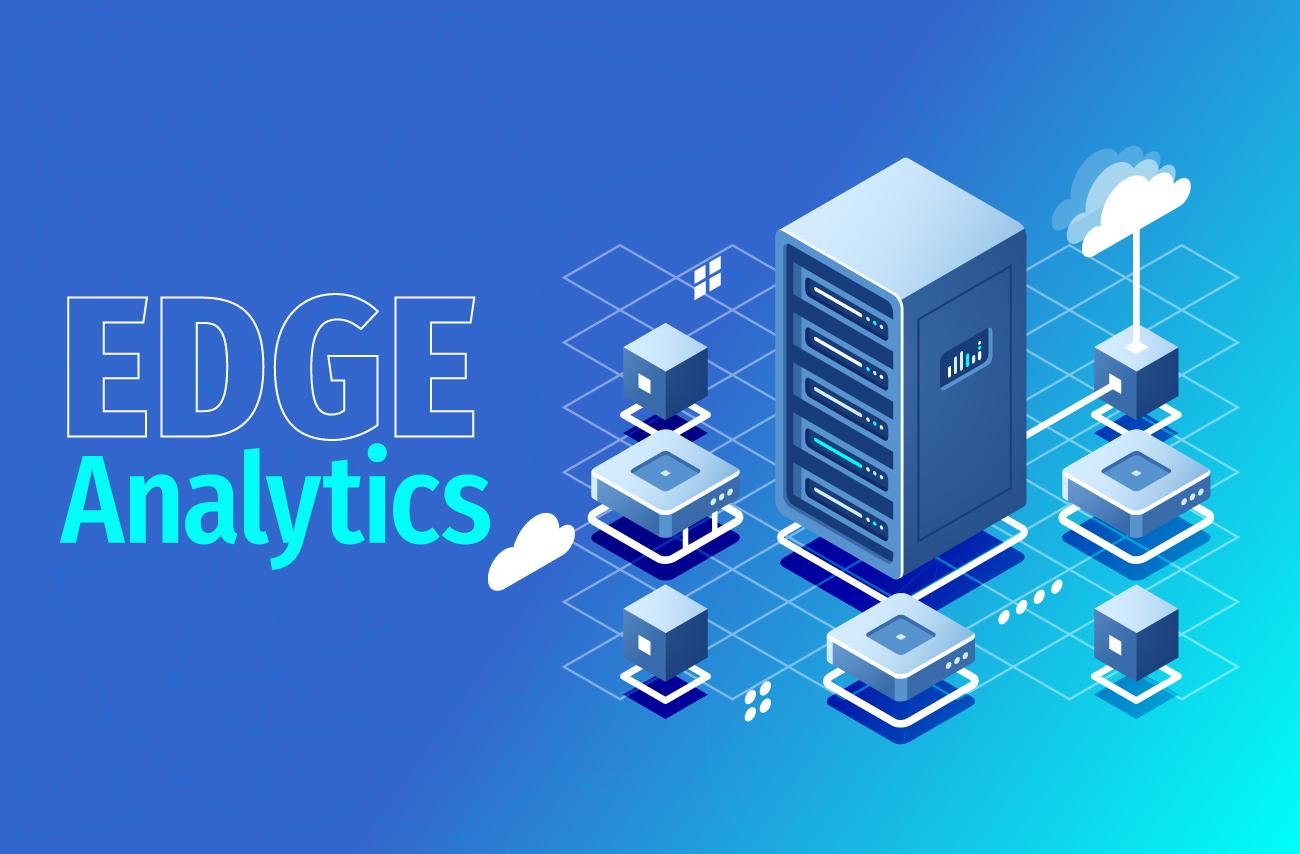Send Us a Message
Contact Information
Skizzle Technolabs India Pvt. Ltd.
Noel Focus, Kakkanad,
Kerala, India – 682021
The Internet of Things popularly known as IoT is the network that consists of devices, vehicles, buildings, or any other connected electronic devices. This interconnection facilitates the collection and exchange of data. Enterprises are adopting the IoT for the benefits offered, e.g., operations optimization, cost reduction & improved efficiency.
There are 4 components of an IoT system which are sensor, application, network & data center (backend).
Various factors drive IoT development & adoption such as easy availability of low-cost sensors, improved bandwidth processing power, vast usage of smartphones, big data analysis tools’ availability & scalability of IPV6.
Let’s dig deeper into the challenges and complexities of IoT application testing.
IoT applications are characterized by many unique factors in comparison with other applications, such as:
To cover the depth and breadth of the IoT testing, an integrated QA strategy is required. The strategy must comprise the types of tests, test set-up, test tools, and simulators that should be used. In view of the problems with generating big data in a test environment, data simulation and virtualization techniques are indispensable to be evaluated. We can consider Stubs as an early-stage option while at later stages, data recorders can serve as alternatives. In order to achieve a stable system, metric-driven comprehensive test execution is conducted beyond test planning and data simulation.
As described below, IoT test areas can be divided into two layers. Although the QA must be carried out across both layers, techniques, and types of tests that can be adjusted for every layer are always easier to identify in order to improve the test strategies.
This is the layer where a real-time IoT environment communicates with software and hardware components. The following are the broad types of other required elements, in addition to typical software testing:
This layer is the touchpoint between the thing and the user. The success of the overall system depends on the user receiving a seamless experience. Key testing areas in this layer include:

These characteristics consequently present a unique set of challenges when it comes to testing IoT applications. The primary challenges include:
Dynamic environment: Unlike application testing performed in a defined environment, IoT has a very dynamic environment with millions of sensors and different devices in conjunction with intelligent software.
Real-time complexity: IoT applications can have multiple, real-time scenarios and their use cases are extremely complex.
Scalability of the system: Creating a test environment to assess functionality along with scalability and reliability is challenging.
Apart from the above challenges, there exist several factors that present operational challenges:
Related subsystems and components owned by third-party units
The complex set of use cases to create test cases and data
Hardware quality and accuracy
Security and privacy issues
Safety concerns

The complex architecture of IoT systems and their unique characteristics mandate various types of tests across all system components. In order to ensure that the scalability, performance, and security of IoT applications is up to the mark, the following types of tests are recommended:
Several emerging, industrial IoT applications require coordinated, real-time analytics at the ’edge’ of a network, using algorithms that require a scale of computation and data volume/velocity. However, the networks connecting these edge devices often fail to provide sufficient capability, bandwidth, and reliability. Thus, edge testing is very essential for any IoT application.
IoT communication protocol and device interoperability testing involve assessing the ability to seamlessly interoperate protocols and devices across different standards and specifications.
This includes security aspects like data protection, device identity authentication, encryption/decryption, and trust in cloud computing.
Network impact testing involves measuring the qualitative and quantitative performance of a deployed IoT application in real network conditions. This can include testing IoT devices for a combination of network size, topology, and environmental conditions.
This covers complex aspects like timing analysis, load testing, real-time stream analytics, and time-bound outputs, under the extremes of data volume, velocity, variety, and veracity.
Includes the testing of all functional and non-functional use cases of an IoT application, which also includes user experience and usability testing.
In response to the unique requirements and challenges of invalidation of IoT applications, Skizze Tech has developed a comprehensive quality assurance (QA) strategy. Our IoT Validation solution allows the testing of actual devices, tools, and frameworks together. The Skizzle IoT Test Framework offers all the functional validation, load simulation, and security testing capabilities. It can easily integrate with various IoT protocols and platforms, thus providing interoperability. This is just a glimpse of our capabilities, as we have various tools and solutions that can be leveraged to perform end-to-end testing of IoT solutions. To find out more about our IoT services, contact us now.

Beyond manufacturing, digital twin technology has merged the realms of the Internet of Things, artificial intelligence, and data analytics. Data scientists and other IT...
Read More
For any organization with data-driven decision-making, data and insights are valuable assets permeating every aspect of our lives. Historically, a data lake or data...
Read More
The internet of things (IoT) is set to play a huge role in the near future, especially in industrial sectors. Sensors, manufacturing equipment, pipelines,...
Read More
High-performing teams are the distinctive feature of an industry-leading business. This can ensure the business's success in the long run. Working in a team...
Read More
Since the pandemic hit the world, the new normal is working from home. Gen Y and Gen Z are the largest workforce units of...
Read More
You have much to consider when looking for a solution for human resources (HR) technology. What is the right fit for you? How are...
Read More
As we have seen human resources and information technology have become more intertwined during the last decade. Manufacturing, financials, sales and marketing, and supply...
Read MoreSkizzle Technolabs India Pvt. Ltd.
Noel Focus, Kakkanad,
Kerala, India – 682021